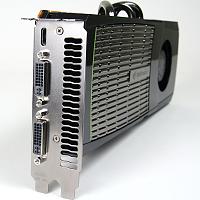-
Featured Topics
-
Topics
-
Phlozar ·
Posted in Networking1 -
Novinir ·
Posted in New Builds and Planning2 -
0
-
0
-
Peregrine1 ·
Posted in Troubleshooting0 -
Tyraenel ·
Posted in Servers, NAS, and Home Lab6 -
0
-
0
-
XxWOODSIExX ·
Posted in Troubleshooting2 -
Pove ·
Posted in New Builds and Planning7
-


















Create an account or sign in to comment
You need to be a member in order to leave a comment
Create an account
Sign up for a new account in our community. It's easy!
Register a new accountSign in
Already have an account? Sign in here.
Sign In Now